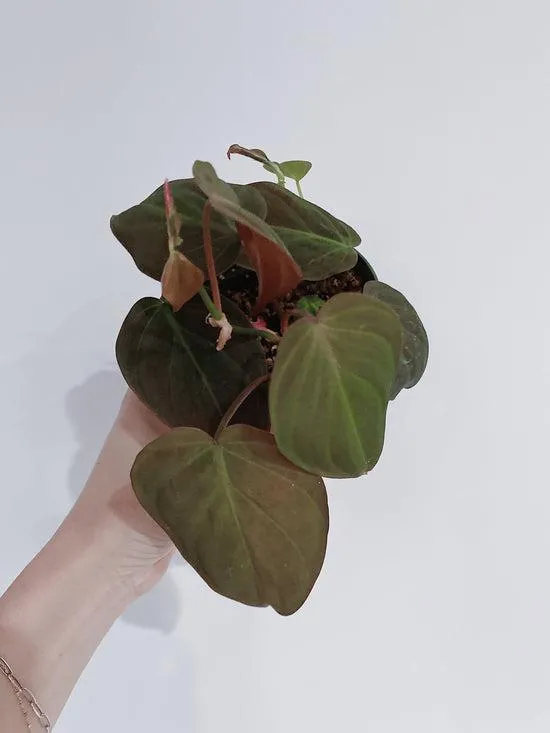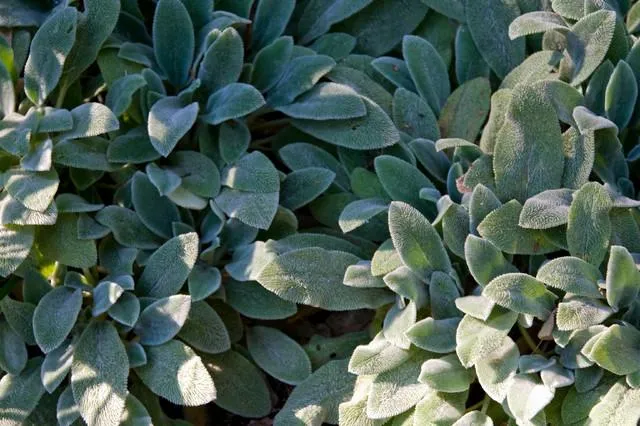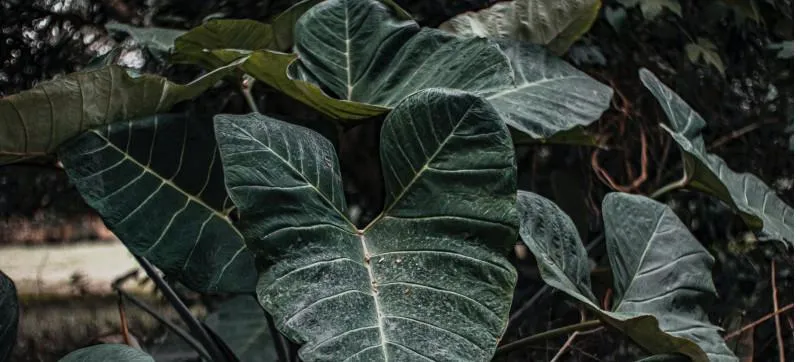Your Guide to Indoor Plants with Soft, Velvety Textured Leaves
If you’re looking to add some texture and visual interest to your indoor spaces, plants with velvet-like leaves should be at the top of your list. Their soft, plush foliage can livens up any room while requiring low maintenance. In this article, I’ll provide an overview of some of the most popular varieties and share tips on caring for them based on my own experiences as an avid indoor gardener.
Pothos
- Epipremnum aureum, commonly known as pothos or Devil’s Ivy, is one of the easiest and fastest growing houseplants you can find. Its leaves come in various colors from solid green to shades of yellow and white variegation.
- What makes pothos so fabulous is its velvety soft leaves that feel amazing to touch. The texture adds a lovely tactile element to any space. Pothos can tolerate low light and goes long periods between waterings.
- Propagation is a breeze with this plant. Simply cut a leaf or stem, place it in water until roots form, then pot it up. In no time you’ll have a full, lush hanging basket overflowing with its lush foliage.
Peperomia
- If you want maximum softness, look no further than peperomia plants. Some top velvety leaf varieties include Peperomia caperata, Peperomia frost, and Peperomia rosso.
- Peperomias come in an array of compact, bushy forms perfect for tabletops or shelves. Their dark, thick leaves feel like plush velvet under your fingers.
- Care is low maintenance—provide indirect light and let the top inch of soil dry between waterings. Peperomias can take neglect fairly well making them perfect for busy schedules.
Philodendron
- For a climber with incredible velvety foliage, philodendrons should be high on your list. Some top varieties include Philodendron bipinnatifidum, Philodendron hederaceum, and Philodendron micans.
- Philodendrons come equipped with aerial roots that allow them to climb walls, trellises or be mounted as hanging baskets. Their leaves continue getting bigger with maturity, adding drama to any space.
- Care is quite simple—keep soil evenly moist and provide medium to low indirect light. Philodendrons can tolerate low light very well.
Dieffenbachia
- No collection of soft-leafed plants would be complete without a dieffenbachia. Also called dumb cane, their thick leaves range from lime green to cream variegation.
- The leaves have a waxy, plush texture that you won’t want to stop touching. Taller varieties make stunning tabletop specimens or floor plants.
- Dieffenbachias prefer indirect light and consistent moisture. Allow the top inch of soil to dry between waterings. Their thick leaves also work well for purifying indoor air.
So in summary, those are some top velvety-leaf plant options to consider for adding lush texture to your space. But how do you care for them properly? Here are some tips:
Watering
When watering velvety-leaf plants, be sure not to overly saturate the soil or allow the plant to sit in water. The thick cuticles on their leaves can be prone to rot if constantly wet. It’s better to water thoroughly when the top soil is dry and allow excess water to drain away. For peperomias and pothos in particular, it’s fine if they go a bit longer between waterings.

Light
Most of these plants thrive in medium to low indirect light. Direct sun can scorch their soft leaves. East or west facing windows provide the perfect growing conditions. Under cabinet lighting also works well if you don’t have good natural light. Move plants farther from windows in winter when light levels drop to avoid leaf drop.
Fertilizer
During the active growing season from spring to autumn, use a dilute water-soluble houseplant fertilizer monthly. Be sure to follow label instructions as overfertilizing can damage roots. In winter when growth slows, you can skip fertilizer. All of these plants are quite forgiving even if you forget an occasional feeding.
Pruning & Propagation
Prune off any damaged or diseased foliage to maintain plant health. Many of these varieties are very easy to propagate from stem or leaf cuttings rooted in water or moist soil. This allows you to expand your collection without much effort. Just follow the specific instructions for each type of plant.

Pests & Diseases
Velvety-leaf plants are generally very robust and pest-free when grown indoors. Occasional issues may include spider mites which can be treated with insecticidal soap. Mealybugs may also be a problem—carefully wipe away visible bugs with cotton swabs dipped in rubbing alcohol. Good air circulation and not overcrowding plants helps prevent fungus or rot issues.
With the proper care outlined above, you’re bound to enjoy these luscious indoor plants for many years. The tactile pleasure of their velveteen foliage always inspires awe from plant lovers and novice gardeners alike. So why not add one or a few to your collection today and experience the joy of their soft leaves for yourself! Let me know if you have any other questions.
Top Indoor Plants with Velvet Leaves
| Plant | Height | Light Needs | Care Tips |
|---|---|---|---|
| Chinese Evergreen | 2-4 feet | Medium to low light | Water when top inch of soil is dry. Mist leaves to keep velvet texture. |
| Rubber Plant | Up to 6 feet | Medium light | Water when soil is dry. Wipe leaves with damp cloth for shine. |
| Peperomia | 6-12 inches | Medium to low light | Keep soil lightly moist. Propagate from stem cuttings. |
| Coleus | 1-2 feet | Medium to high light | Water when top inch is dry. Deadhead spent flowers for bushier plant. |
| Polka Dot Plant | 1-2 feet | Bright, indirect light | Allow soil to dry between waterings. Attracts pollinators with spotted leaves. |
FAQ
-
What kind of leaves do indoor velvet plants have?
Indoor velvet plants, also known as rabbit’s foot ferns, basically have fuzzy leaves that feel amazingly soft to the touch. Their leaves are coated in short hairs that give them a velvety texture.

-
Why are they called velvet plants?
It’s kinda obvious, but these plants are named “velvet” on account of their plush velvety leaves. The leaves feel stunningly smooth and silky like fine velvet fabric. They appear fuzzy because of tiny hairs that cover the leaf surface.
-
Do the leaves feel slick or fuzzy?
The leaves truly feel remarkably fuzzy. Upon touching them, you’ll find that they’re coated in short dense hairs that offer an undeniably plush texture. Their fuzziness is what gives indoor velvet plants their defining characteristic and namesake quality.
-
Why are indoor velvet plants good houseplants?
Indoor velvet plants have several qualities that make them well-suited to indoor growing. They thrive in low-light conditions and require minimal care. Plus, who could resist those amazingly soft fuzzy leaves? Their velvety texture and minimal demands kind of make them a “set it and forget it” type of plant.

-
Do the leaves feel the same all year?
Actually, the plants’ leaves may feel slightly different throughout the year. Their fuzziness could appear somewhat less dense in drier winter air. But in any season, one touch confirms their extraordinary fuzzy softness remains pretty awesme. The leaves might seem a tiny bit stiffer when the plant needs water. But otherwise, their velvety goodness is consistent.
-
Why would someone want to grow an indoor velvet plant?
Hmm, let me think… Perhaps because their extremely soft fuzzy leaves feel amazing to pet? All joking aside, these low-maintenance plants help beautify indoor spaces with their lush foliage. But is it worth growing them just for their unbelievable tactile sensation? You decide! Their amazing leaf texture is a real selling point.
-
Are the leaves fuzzy all over or just parts?
Upon close examination, the leaves reveal that their fuzziness covers the entire surface rather than just sections. The short hairs blanket each leaf evenly, giving them a full coat of remarkable softness top to bottom. This consistent fuzzy finish is what makes indoor velvet plants truly unique and special.
